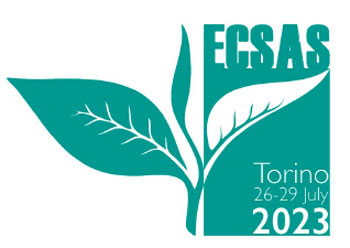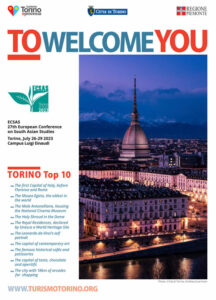Convenors
Anne Castaing - CEIAS/CNRSAnne Murphy - University of British Columbia
Long Abstract
According to recent analysis by the World Bank, South Asia’s population is now roughly 35% city-based; the urban population grew by 130 million between 2001 and 2011 and is poised to grow by more than double that by 2030. This significant transformation is, however, one that develops out of a long history of urban life in the region. The life of the city in South Asia has been subject to significant and sometimes sudden reconfiguration over time, such as was caused by the two Partitions of 1947 and 1971 and consequent waves of migrations that transformed urban social and cultural dynamics in multiple sites across northern South Asia. Continuities accompany such transformations: modern authors—such as Intizar Hussain on Lahore, Amit Chaudhury on Kolkata, Ahmed Ali on Delhi, and RK Narayan on Mysore—have described the importance of urbanity in the cultural life, and in the early modern period, imperial urban centres were both linked to, and distinct from, provincial sites, and diverse religious and cultural articulations found their enduring place along the continuum between them. In the present as in the past, cities have thus been imagined in diverse ways, reflecting complex histories of exchange and interaction, at the crossroads of diverse religious communities, languages and histories.
The notion of “urbanity” is a complex one: does it signify a material condition of the built landscape, a way of being, or an ethical commitment? How is urbanity imagined and represented, and what is its significance, in ethical and aesthetic terms? How do commitments to urbanity intersect with other social formations that shape ethical and social engagement, such as religion and caste? This panel invites consideration of the idea and practice of urbanity in South Asia in the early modern and modern periods, with attention to language and literary representations; the role of religion, leisure and the arts in its articulation; and the class/caste/community formations that inform its shape.


